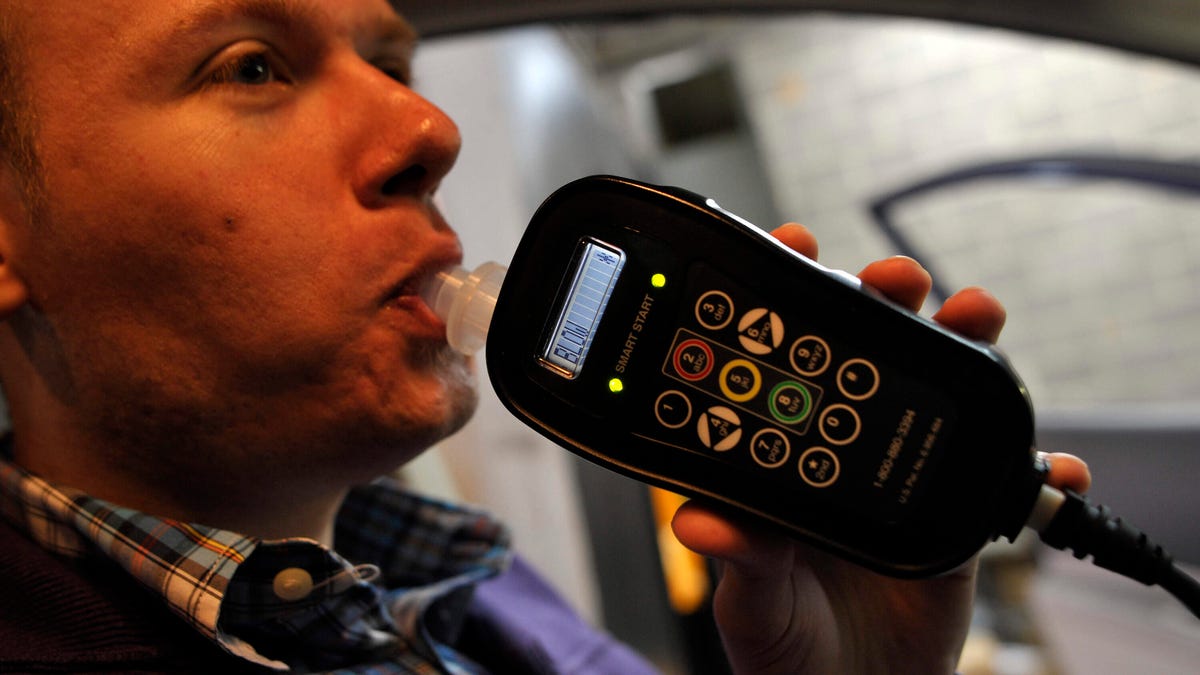Drunk driving charges under scrutiny following erroneous breathalyzer results
Extensive reporting by the New York Times sheds light on numerous problems surrounding the machines.

It's never a good idea to drink and drive. It's the only concrete way to ensure you never have a date with a field sobriety test or a breathalyzer. But a bombshell report from The New York Times on Sunday has called the machines' effectiveness into question.
The newspaper interviewed over 100 lawyers, scientists, police officers and executives from the companies that design and build the machines to compile an unflattering picture of the devices. The machines are often the deciding factor between a drunk-driving charge and handcuffs, or heading home with no further action.
The newspaper uncovered numerous inconsistencies within the machines themselves, maintenance procedures and perhaps an overwhelming reliance on data that, in thousands of cases, turned out to be false.
Some companies produced machines with irregularities. In testing, these machines, for example, produced a test result even though a failure occurred somewhere in the software. Others were found to produce highly inaccurate results if a person's breath temperature exceeded 93 degrees. Oftentimes, the human breath registers hotter. Things like burping, breath mints and even if someone has recently brushed their teeth can help clock a blood alcohol content far higher than a true reading.
In other cases, a Colorado police department had continued using chemical solutions that had long expired when setting up machines. These old chemicals produced highly inaccurate results -- and one former program manager responsible for the breathalyzers even concocted his own chemicals inconsistent with guidelines. At other times, there were literally zero guidelines for how to set up and operate the machines.
In May of last year, Roadshow's sister site ZDNet reported that a breathalyzer used across the US could produce incorrect breath test results, also due to errors in the measurement of breath temperature. The same breathalyzer, the Dräger Alcotest 9510, is highlighted in the Times' reporting.
These problems haven't only resulted in thousands of court cases tossed out for drivers who may have not actually blown over the legal limit, which is 0.08 at the federal level, it likely let hundreds of other guilty parties go without a slap on the wrist. While states continue to purge these cases over faulty data, those who should be charged with drunk driving are back on the road.

